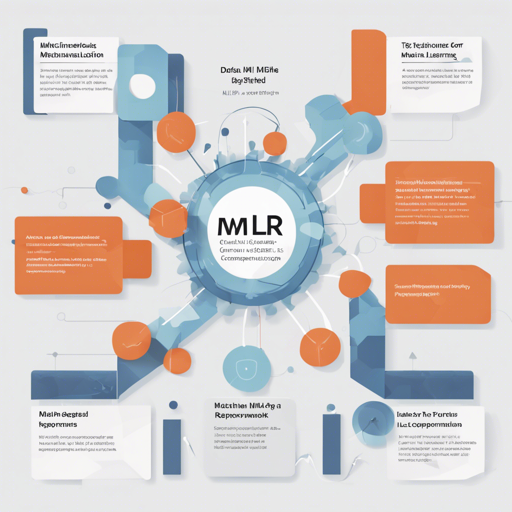Machine learning has taken significant strides over the years, and the mlr3 package is at the forefront of these advancements in R programming. This guide will walk you through the essential steps to leverage mlr3 effectively, with tips for troubleshooting along the way.
What is mlr3?
mlr3 is a modern, object-oriented framework for machine learning that builds on the foundations laid by its predecessor, mlr. It provides a structured environment for developing, training, and evaluating machine learning models efficiently.
Why Use mlr3?
- Enhanced performance with an improved structure over mlr
- Supports seamless integration of various machine learning techniques
- Robust resources for both users and developers
Installation of mlr3
To get started with mlr3, follow the installation instructions below:
- To install the last release from CRAN:
rinstall.packages("mlr3") - For the development version from GitHub:
rremotes::install_github("mlr-org/mlr3") - To install the mlr3verse meta-package, which includes mlr3 and important extensions:
rinstall.packages("mlr3verse")
Constructing Learners and Tasks
With mlr3, constructing learners and tasks is akin to building a car. Each part needs to be in harmony for the vehicle to function optimally. Suppose you want to classify the species of penguins using their physical attributes.
Here’s how the process unfolds:
library(mlr3)
# Create a learning task
task_penguins = as_task_classif(species ~ ., data = palmerpenguins::penguins)
# Load a learner and set hyperparameters
learner = lrn("classif.rpart", cp = .01)
# Train-test split
split = partition(task_penguins, ratio = 0.67)
# Train the model
learner$train(task_penguins, split$train_set)
# Make predictions
prediction = learner$predict(task_penguins, split$test_set)
# Calculate performance
rmeasure = msr("classif.acc")
prediction$score(measure)In this analogy:
- The task is like the chosen car model, designated to accomplish a specific trip (classification).
- The learner acts as the engine that powers the car, determining how efficiently it can complete its journey.
- The training is akin to assembling parts of the car together before hitting the road (making predictions).
Evaluating Performance
Once you’ve trained your model, it’s essential to evaluate its performance, much like checking a car’s mileage and efficiency:
prediction$confusion
measure = msr("classif.acc")
prediction$score(measure)This will provide a confusion matrix along with accuracy, helping you figure out how well your model performed.
Troubleshooting Tips
When working with mlr3, you might encounter a few bumps along the road. Here are some troubleshooting suggestions:
- Ensure you have all required packages installed; missing dependencies might cause errors.
- Check your data for compatibility with the mlr3 requirements. Data types must match the expected formats.
- If you experience unexpected behavior, consider consulting the StackOverflow community using the #mlr3 tag.
- For detailed documentation or FAQs, visit the mlr-org website.
For more insights, updates, or to collaborate on AI development projects, stay connected with fxis.ai.
Conclusion
mlr3 represents a significant step forward in the R ecosystem for machine learning. With its user-friendly structure and robust resources, it opens up endless possibilities for developers and researchers alike.
At fxis.ai, we believe that such advancements are crucial for the future of AI, as they enable more comprehensive and effective solutions. Our team is continually exploring new methodologies to push the envelope in artificial intelligence, ensuring that our clients benefit from the latest technological innovations.

